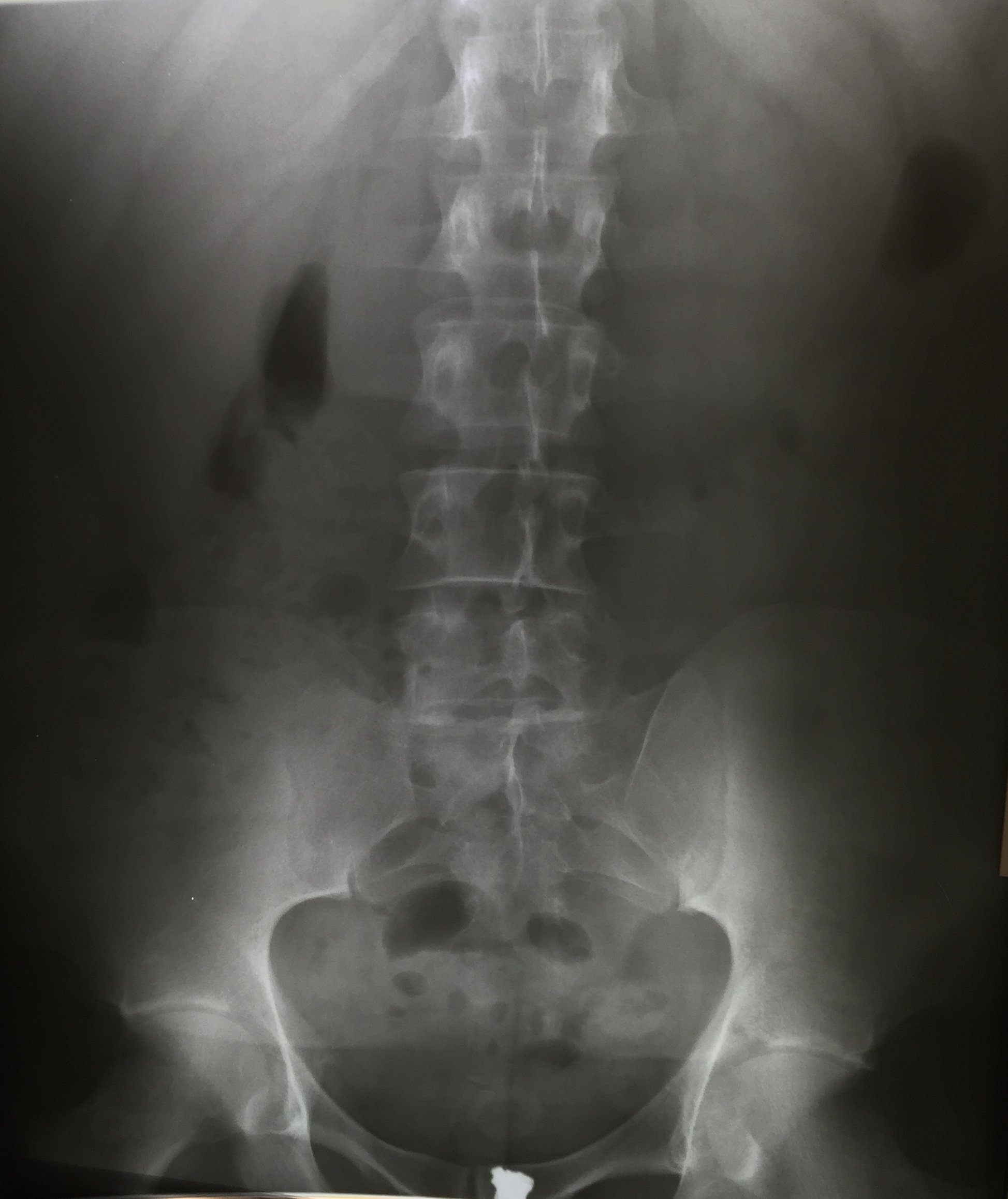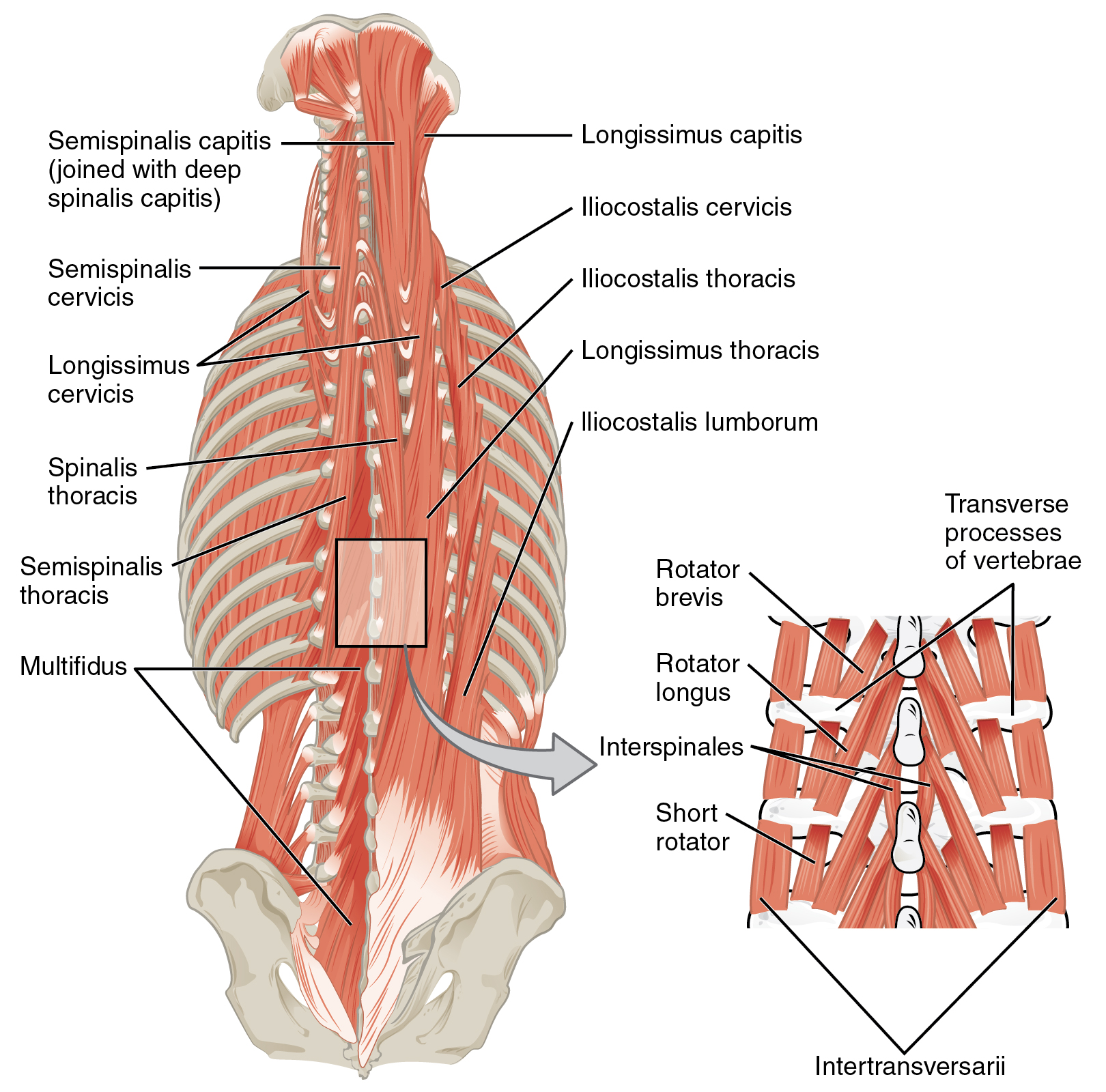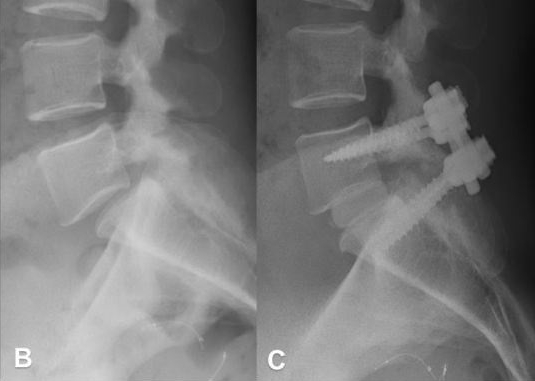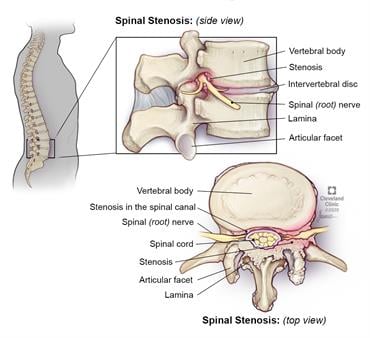As physical therapists, we have the pleasure of helping guide patients to recovery in all sorts of musculoskeletal injuries. Of all the body parts we help treat, the low back, or lumbar spine, has to be both the most common, and debilitating of all areas. We also can’t think of a body region that is more misunderstood than the lumbar spine. Hopefully this blog can clarify and shed some light on this region.
How common is low back pain?
Recent research has shown that over the course of 1 year, the incidence rate of experiencing an episode of low back pain is as high as 36% with a recurrence rate of that same LBP between 24%-33%. Essentially, there’s a 36% chance a member of the general population will experience low back pain and then once it goes away there’s another 25% chance it comes back. Low back pain is the leading cause of activity limitation and missed time from work in the majority of the world and carries with it a massive economic burden. With all that being said there is hope, and it helps to be armed with solid information, so let’s dive in. If you or somebody you know has been struggling with low back pain please read on, education is one of the cornerstones of treatment for the lumbar spine.
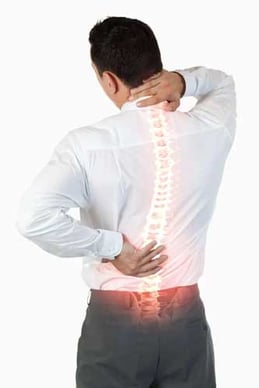
What does the low back consist of? How do I know what hurts?
The bone and disc sandwich:
Let’s start with the parts. Overall, the spine itself is composed of 33 bones called vertebrae and 23 intervertebral discs (IVD). There are 7 cervical (neck), 12 thoracic (mid spine between the ribs), 5 lumbar (low back) vertebrae with the 5th lumbar vertebrae sitting on top of a triangular shaped bone called the sacrum, which itself is 5 fused vertebrae. If you’re doing the math at home that’s only 29, the last 4 are from your tailbone, coccyx, forming a joint with the bottom of the sacrum. Sitting between all of the vertebrae is the intervertebral disc, a jelly-like filled disc with two main layers, a tough outer layer, and inner gel-like layer/center. This forms a bone and disc sandwich along the length of the spine.
The outermost layer of the disc has both nerve fibers and blood supply going to it, as opposed to the inner layer which does not. This can be a double edge sword because where there are nerves, pain can arise as those fibers carry information from the disc to your spinal cord and then brain where that information can be interpreted as pain(pain can be incredibly complex and isn’t related that well to tissue damage, more on that later). But the good part is that blood flow means healing, yes the outer part of your disc can heal, just because you have suffered a disc bulge or herniation in the past it does not mean you are doomed to a life of chronic low back pain or that particular disc will always be a problem for you. So if there’s no blood flow to the inner aspect of the disc how does it heal or get it’s nutrition? MOVEMENT I had a professor in grad school who’s favorite mantra was “motion is lotion” and I couldn’t agree more. We will revisit that later.
The joints of the back
Returning to anatomy and now focusing more on the lumbar spine, there are facet joints, these, along with the bone disc bone sandwich discussed earlier, are what allow the spine to move and help guide that motion. These are typical joints just like your knee, shoulder, hip etc, in that they have a capsule that surrounds them(think saran wrap around the leftovers in your refrigerator), cartilage on the bone surfaces, and fluid that helps to nourish the joint surfaces.
Like the center of your disc the cartilage also doesn’t have blood supply, so guess how it gets its nutrition? That’s right, MOVEMENT Each segment of the spine consists of two facet joints with the vertebrae above, two with the vertebrae below and the corresponding disc above and below. That’s a lot of joints, opportunities for movement, and for things to go wrong and we haven’t even talked about the muscles and other tissue surrounding them.
But as complicated as the spine can get at times, at its heart it is still a lot of joints stacked onto and next to each other. Between each of these bone disc bone sandwiches there are big nerves that leave the spinal column and go on to provide sensation and muscle control for the entire lower extremity. When the mobility of these nerves becomes restricted due to disc pressure, narrowing of the space where they exit the spinal column, or due to poor posture/movement patterns, we can end up getting significant pain, numbness, tingling, and weakness radiating down the legs.
This can at times get deceiving because while your back may not actually hurt, it may be your leg, the spine itself is what needs to be treated. This is why it’s so important to see a physical therapist who can evaluate you and develop a treatment plan based on what’s causing your pain/dysfunction, and not just treat the symptoms.
The muscular system surrounding the spine is quite complex and worthy of its own article. Read here to learn more about the muscles that surround the spine, particularly the core.
What happens when the back gets hurt?
With all this talk of anatomy, joints, discs, nerves, muscles, it’s easy to think that if my back is hurting, then there must be something wrong with those structures and yes, in the right circumstances these structures can become impacted and cause pain. For a more detailed explanation of common low back disorders read here:
This however, isn’t always the case as a large number of incidences of low back pain don’t have a discernible “tissue” diagnosis. This can be frustrating especially since most of us seek medical care to get answers and a name for what is causing our pain. This is where a thorough examination of your entire body, how you move, what movements and positions increase or decrease your pain can be extremely helpful in guiding successful treatment. We may not be able to say with 100% certainty which tiny little structure in your back is causing the pain response and that's okay. By analyzing how you move, what makes pain better/worse, and looking at body parts above and below the spine that may be contributing to excess stress on the spine, a very effective treatment plan can be designed to get you out of pain and moving in the right direction. Two people can have pain in the same part of the back for two totally different reasons, one person could have a tight ankle resulting in changes in the way they walk while somebody else may have a stiff thoracic spine leading to stress in the lumbar spine when reaching overhead.
Imaging and the low back
To circle back to an earlier point, just because you herniated a disc in the past or you have an image (x-ray, MRI etc.) that shows something degenerated, torn, bulging, arthritic, etc., that doesn't mean that’s why you are having pain. There have been some good recent studies that involved imaging the spines of people without pain from their 20s to their 90s, and the results of the images showed almost every possible finding: disc bulges, herniation's, degenerative disc disease, stenosis, arthritis. Remember these are people with no pain whatsoever. And it works the opposite direction too, you may have significant pain but nothing shows up on an MRI, this is okay and it doesn’t mean you are crazy, there may be some changes in the nervous system, strain of muscle or other tissue that’s quite painful but doesn’t always show up on a image. While all of these conditions certainly can cause pain, just because it showed up on an MRI it doesn’t mean you are doomed.
I’ve been in pain for a long time… does that change my back pain?
This can be the topic of an entire other blog but we wanted to quickly touch on the glaring difference between acute and chronic low back pain. Acute low back pain is likely due to a new injury, creating a local inflammatory response in your tissue leading to pain, dysfunction, and limited motion. In these instances a more mechanical approach directly targeted at minimizing excessive stress to the injured area followed by a period of optimal loading(movement) and exercise to stimulate a healing response can really help.
This mechanical approach can include exercise, manual therapy, dry needling, and education on ways to move without an increase pain to name a few Additionally, an evaluation of any contributing factors(both within your own body, and your environment) is important to minimize the risk of recurrence. In chronic low back pain, chronic is technically defined as an episode of pain 3 months, oftentimes the initial tissue injury that created the pain response has healed.
But how can we still be in pain if the tissue is healed? The nervous system can adapt by increasing the sensitivity in an area, meaning the nervous system subconsciously pays more attention, there will even be physical changes both in the spinal cord and brain.
The central nervous system can then begin to interpret sensations such as heat, cold, pressure, muscle contraction and even joint movement as threatening, creating the perception of pain despite the fact no tissue damage is occurring. In this situation a treatment approach that focuses on calming down or, desensitizing, the nervous system will likely help more than just a mechanical based approach, not that those techniques can’t contribute to recovery. It’s also worth mentioning as it was touched on earlier, pain is an incredibly complex process that is unique to each individual person.
What the scientific community has learned in recent years is that there are a tremendous number of factors that influence whether we even feel pain and how intense that pain is. The state of our tissue is only one factor in that equation, things like stress or absence of, your physical environment, support/social system, mindset, past experiences and many more all play a role in the pain that we experience.
What does recovery look like for low back pain?
The human body is incredibly resilient and the spine is a much more stable and strong structure than we give it credit for. Sure it can be injured but it can also heal. Don’t let terms like degeneration, tearing, or herniation scare you or hold you back. The first step in recovery is taking responsibility for your own health, getting up, moving around, and seeking out somebody to help you if you need it. As mentioned several times earlier in this blog there are certain structures in the spine that can only be nourished with movement. The joint and discs in the spine respond very well to appropriate movement leading to increased resilience and decreased pain. With proper guidance, evaluation, and knowledge of body mechanics you can put yourself in position to not only recover from low back pain, but to thrive and regain the quality of life you are looking for.;
Physical therapy for low back pain in Columbia and Baltimore, Maryland
If you have low back pain reach out to our office today!

